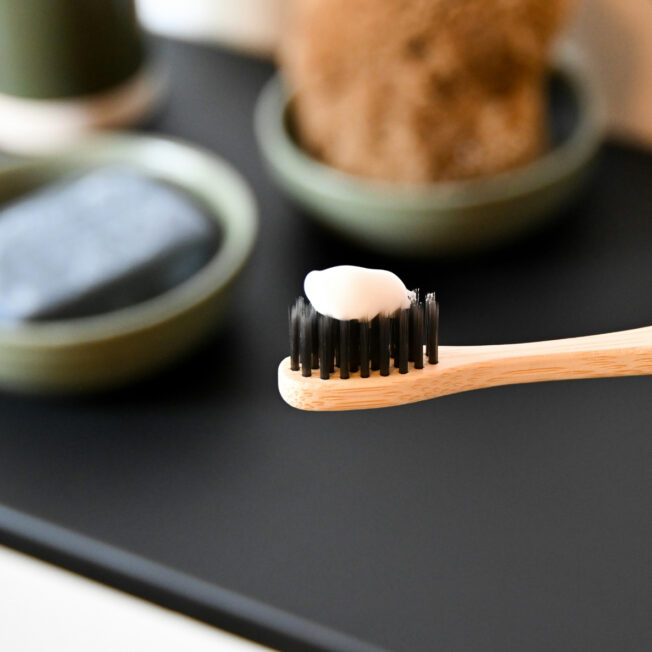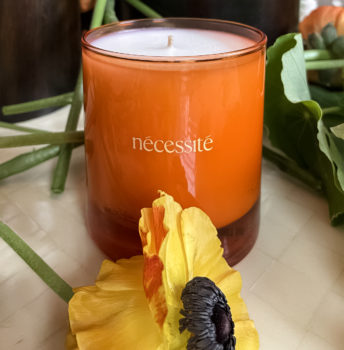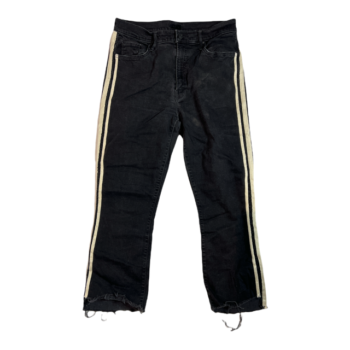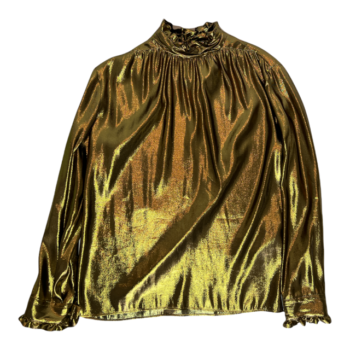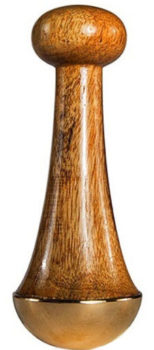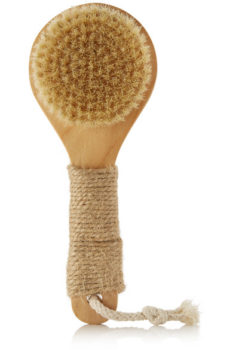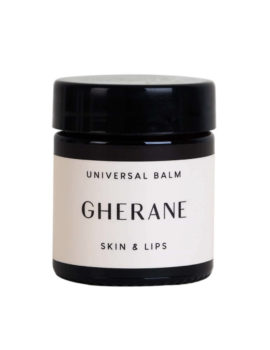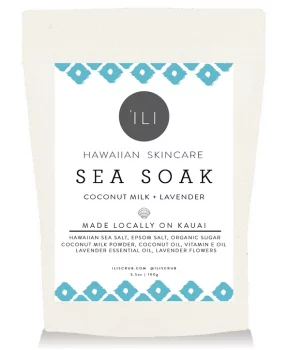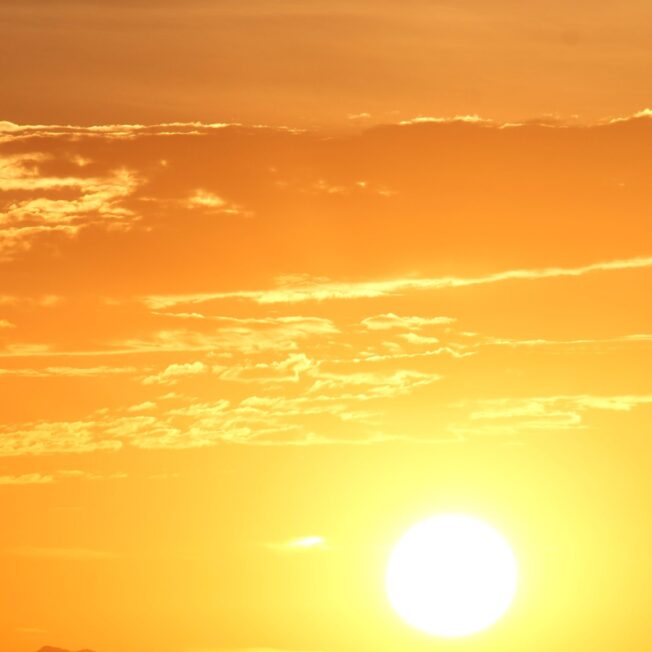Just because the summer is winding down doesn’t mean we don’t have to worry about the hea, While spending time out in the sun and in nature is necessary for our physical, mental, and emotional health, there are important safety parameters to set and maintain to avoid heat-related illness, including heatstroke.
What is heatstroke?
Among the variety of heat-related illnesses, including heat cramps and heat exhaustion, heatstroke is the most serious.
Heatstroke – also known as sunstroke – occurs when the body cannot control its temperature and overheats, typically caused by excess physical activity or prolonged exposure to high temperatures. It most commonly occurs in the summer months. When the temperature of the body rises rapidly, its sweating mechanism fails, leaving the body unable to cool itself down. Heatstroke causes the temperature of the body to rise to 104°F or even higher within a span of 10 to 15 minutes.
There are two types of heatstroke: exertional and non-exertional. Exertional heatstroke is often the result of physically overexerting oneself in hot weather conditions and can develop in just a few hours. Non-exertional heatstroke, also known as classic heatstroke, occurs due to factors including age or underlying health conditions and usually develops over the course of several days.
Symptoms of heatstroke include an altered mental state such as agitation, confusion, delirium, cramps, headaches, hot, dry skin and a hot body temperature, loss of consciousness, nausea and vomiting, profuse sweating, rapid breathing, and a racing heart rate, seizures, slurred speech, thirst, and more.
Experiencing heatstroke requires immediate emergency treatment. If heatstroke goes untreated, it can cause damage to the brain, heart, kidneys, and muscles. When treatment is delayed, the damage caused by heatstroke worsens and increases the risk of more serious health complications or death.
How can you prevent heatstroke?
Since heatstroke tends to occur more often in summer months and the warmer time of year, we are at a higher risk of facing heatstroke and other heat-related illnesses during hot weather, or while exercising.
While we can’t avoid physical activity or the warm weather forever, we can actively work to prevent heatstroke through various lifestyle changes and decisions, including avoiding the sun during the hours between 11:00 am and 3:00 pm, abstaining from excess alcohol consumption, avoiding extreme forms of exercise, staying hydrated by drinking cold drinks, replenishing electrolytes and replacing lost salt and minerals from sweat, as well as wearing light-colored and loose clothing.
Even if you plan to spend the day inside on a hot day, it’s best to keep the curtains and windows closed, especially if it is hotter outside than it is inside of your home. Additionally, turn off any unnecessary electrical devices or lights that tend to run hot and emit more heat into the home.
How can we treat heatstroke?
There are several means to treat heatstroke, though it is a top priority to reduce the body’s temperature by cooling the body down from the outside in. This can include blowing cool air on the individual, placing ice packs on the armpits, groin, and neck, removing any tight or unnecessary clothing, spraying the individual with water, or wrapping the body in wet sheets loosely. It’s also important to drink cool fluids such as water or sports drinks, get some rest in a cool place, and take a cold shower or soak in a cold bath.
Across the world, there are several additional means of treating heatstroke at home and home remedies that are recommended to help alleviate symptoms. In India, there are Ayurvedic practices that are leveraged, including onion paste, which can be applied directly to the forehead due to the onion’s absorbing properties. Onion juice is also applied behind the ears and to the chest to keep body temperature down. In India, Kokum, a tropical evergreen fruit, is another important ingredient that provides a rehydrating effect in drinks and has traditionally been used to mitigate heatstroke.
In more severe cases of heatstroke, a cardiopulmonary bypass may need to occur, which causes the individual to have their blood diverted from their heart and lungs into a machine where it is cooled and then returned to the body. In other cases, anti-seizure or muscle-relaxing medications may also be distributed in order to keep convulsions and shivering under control.





